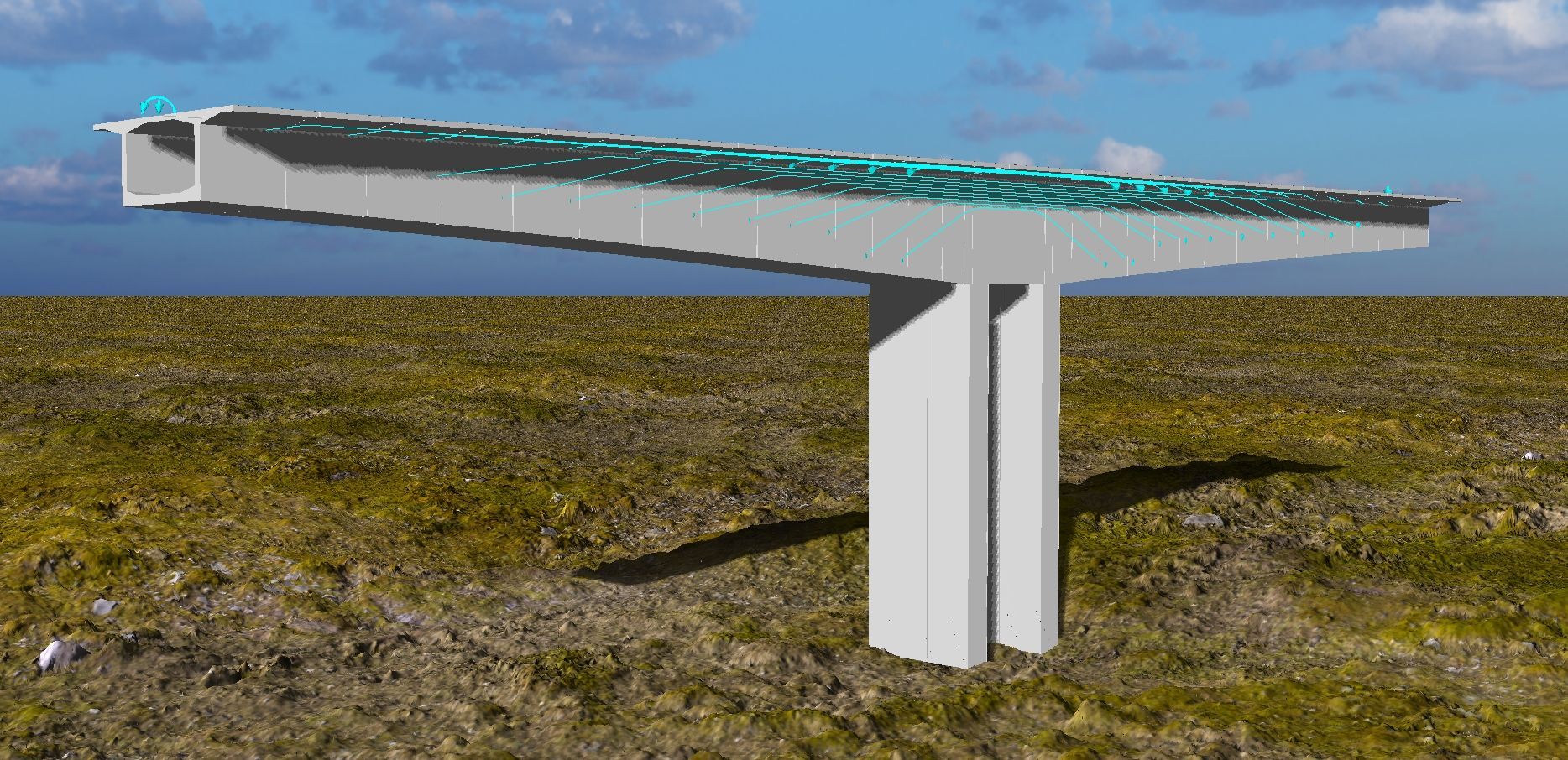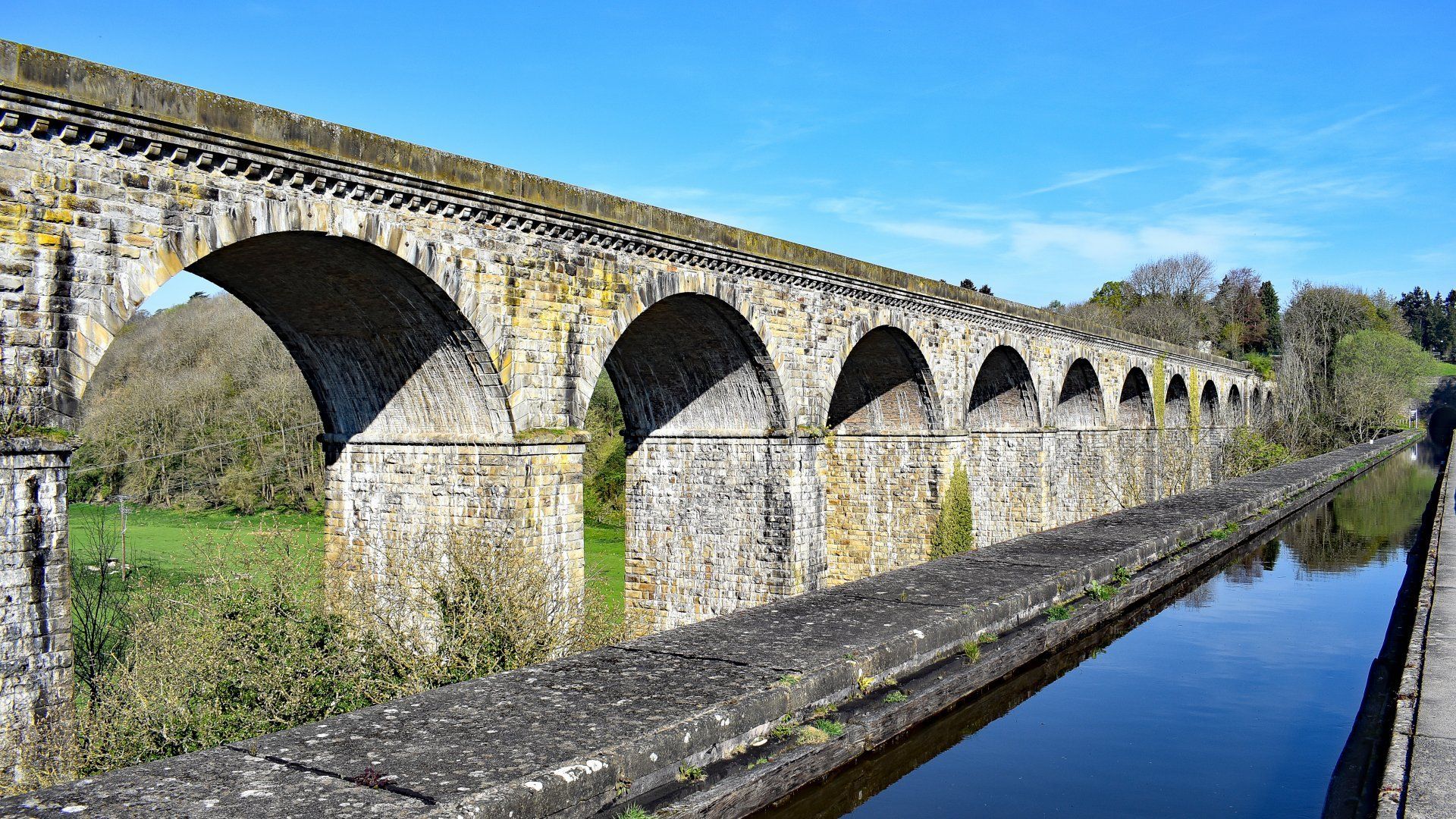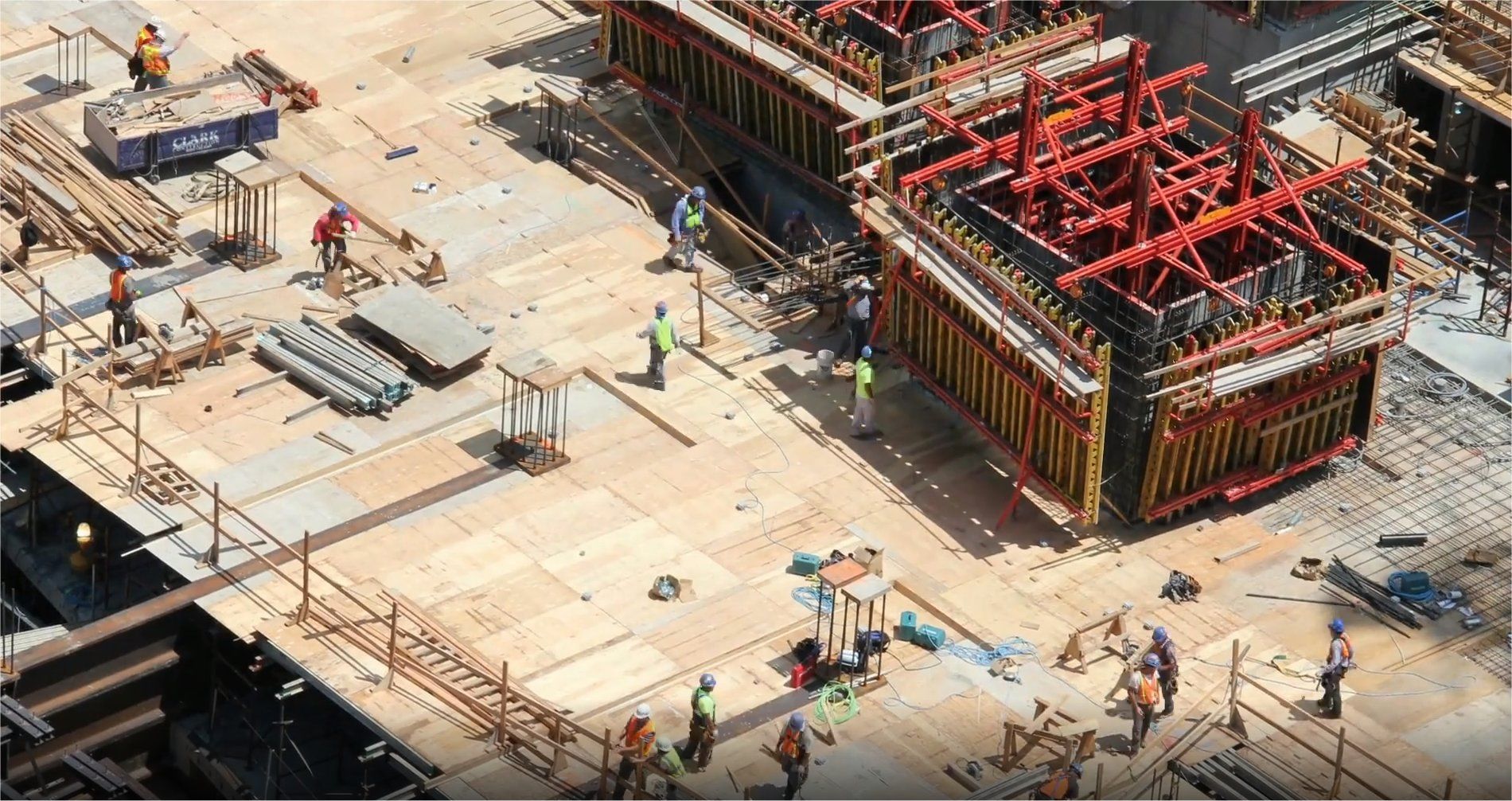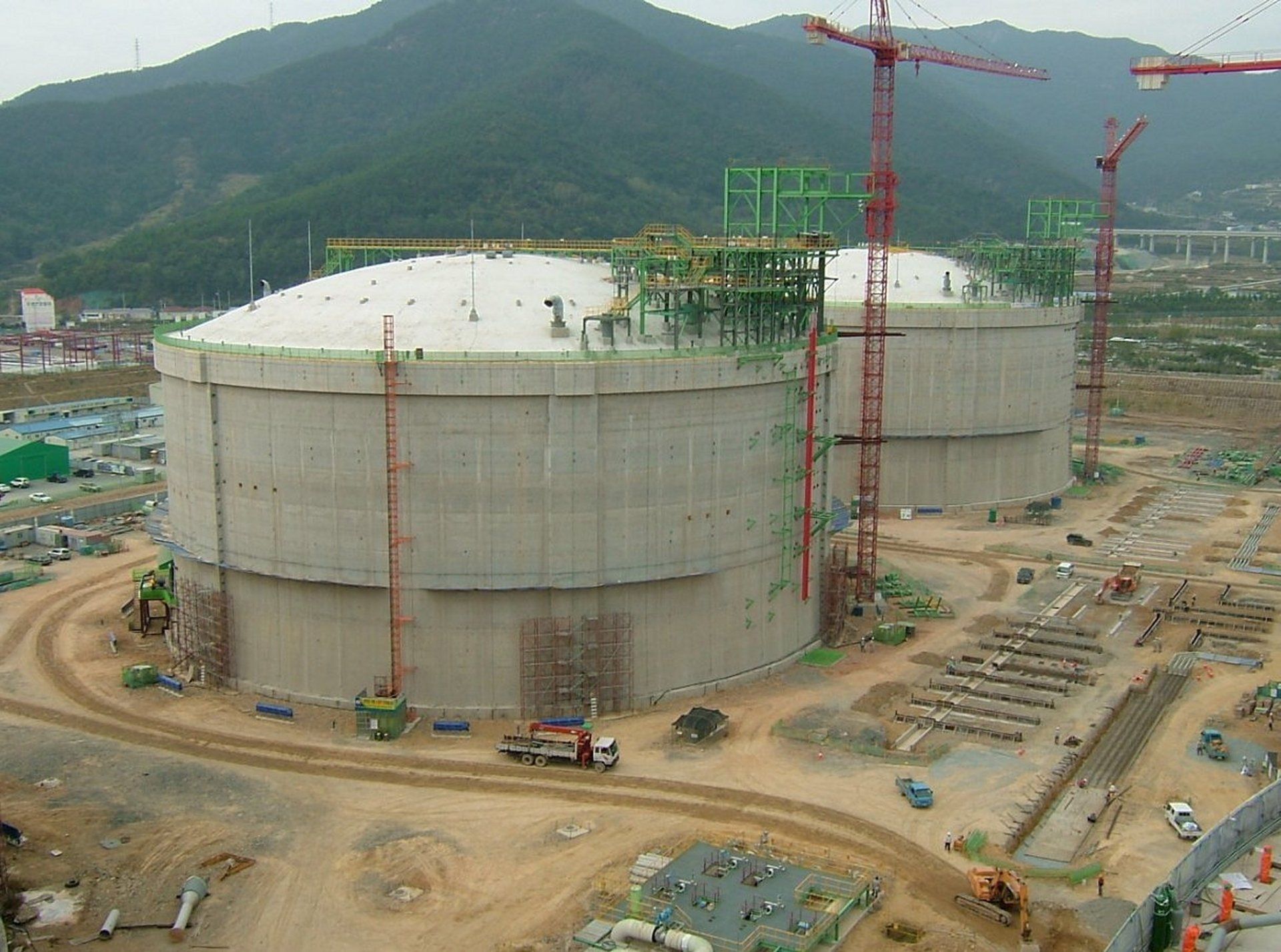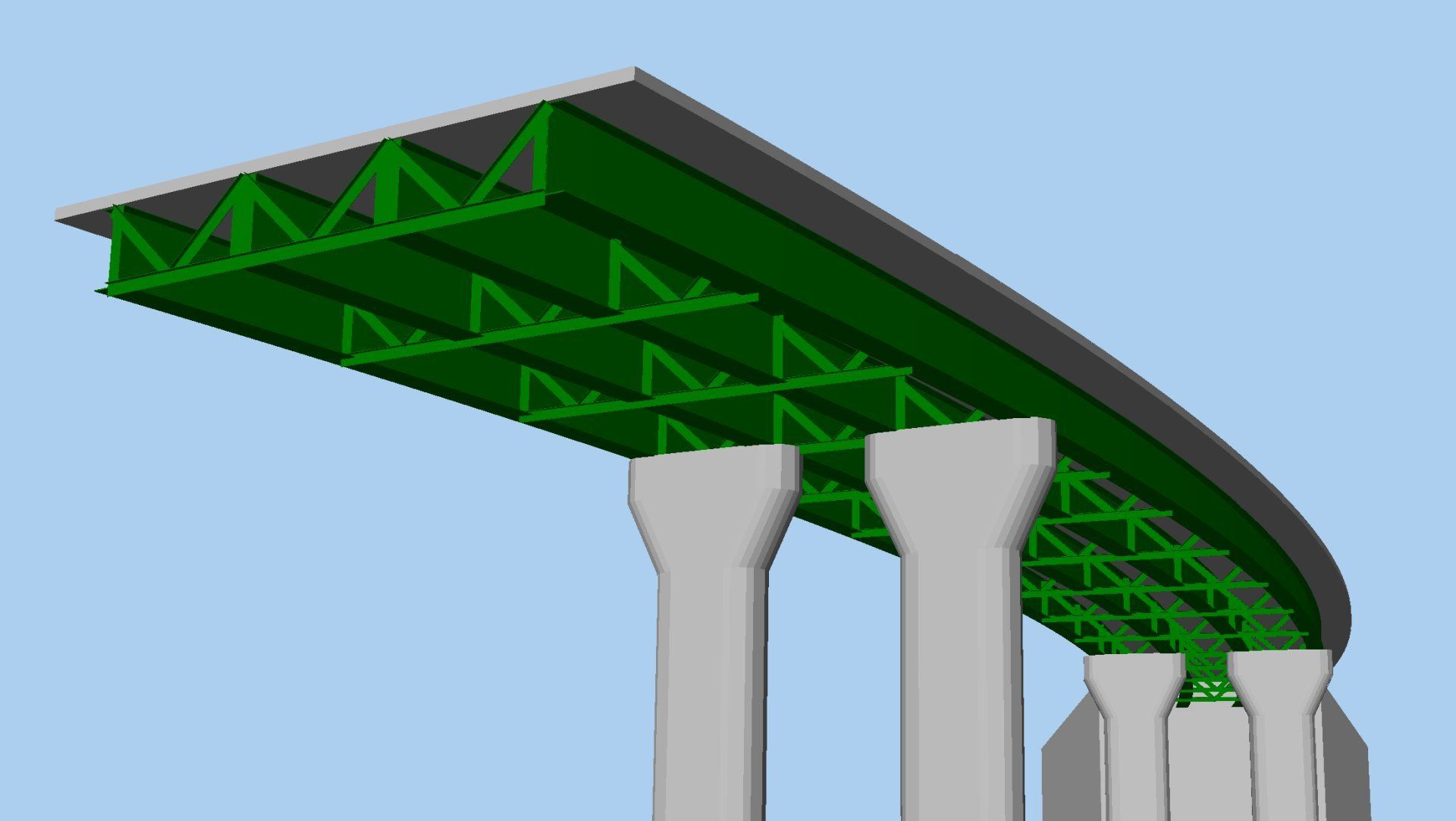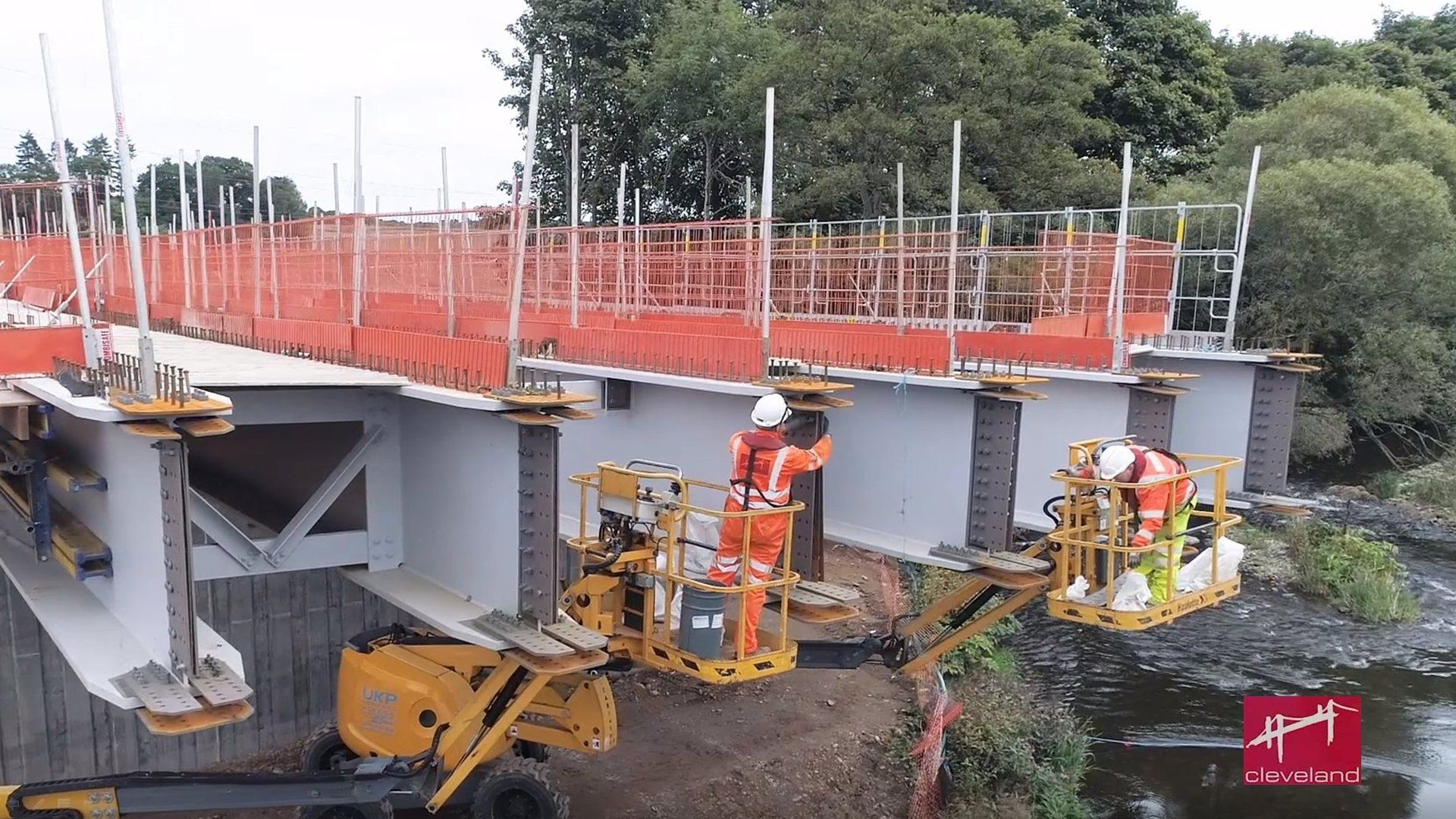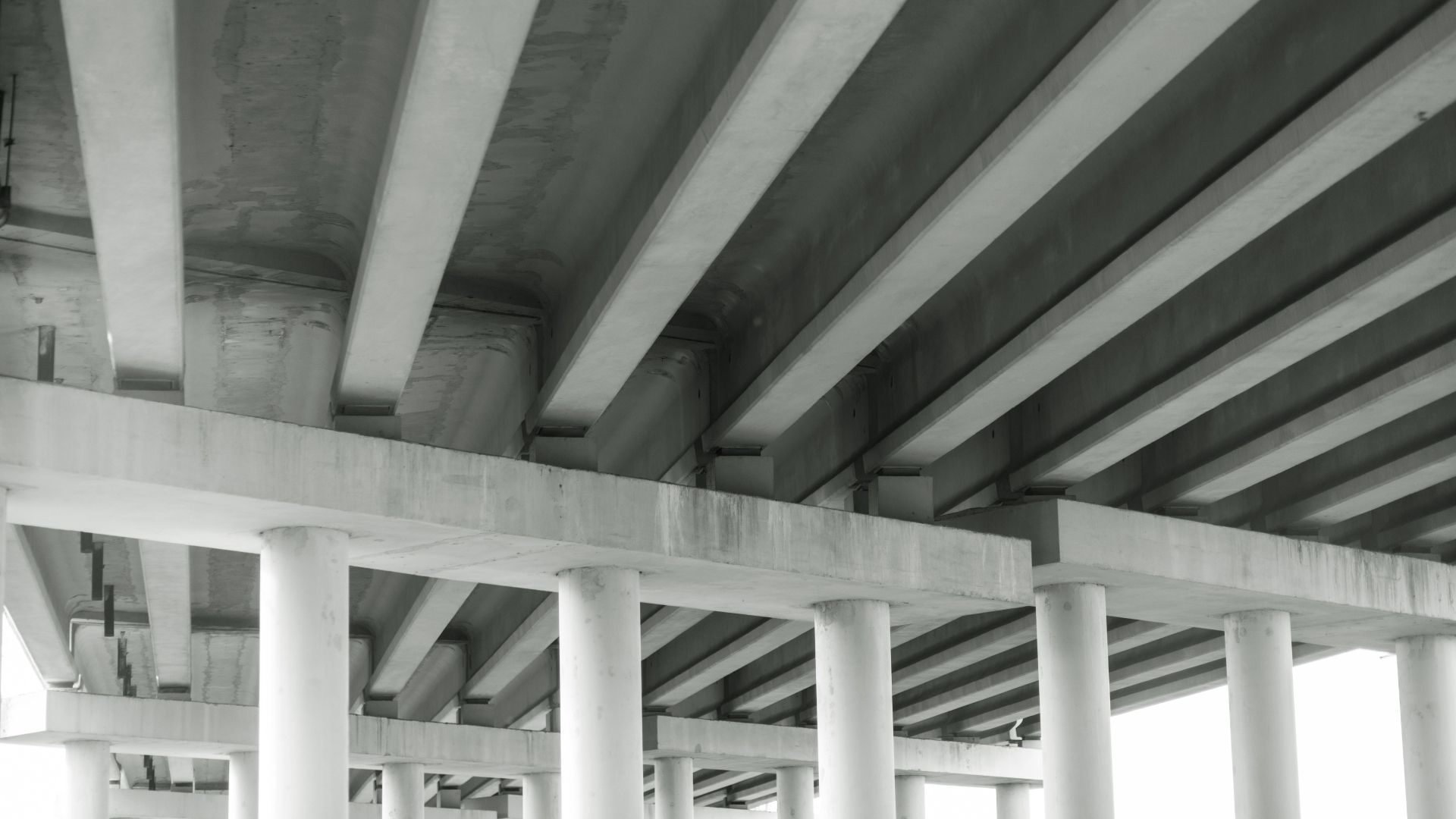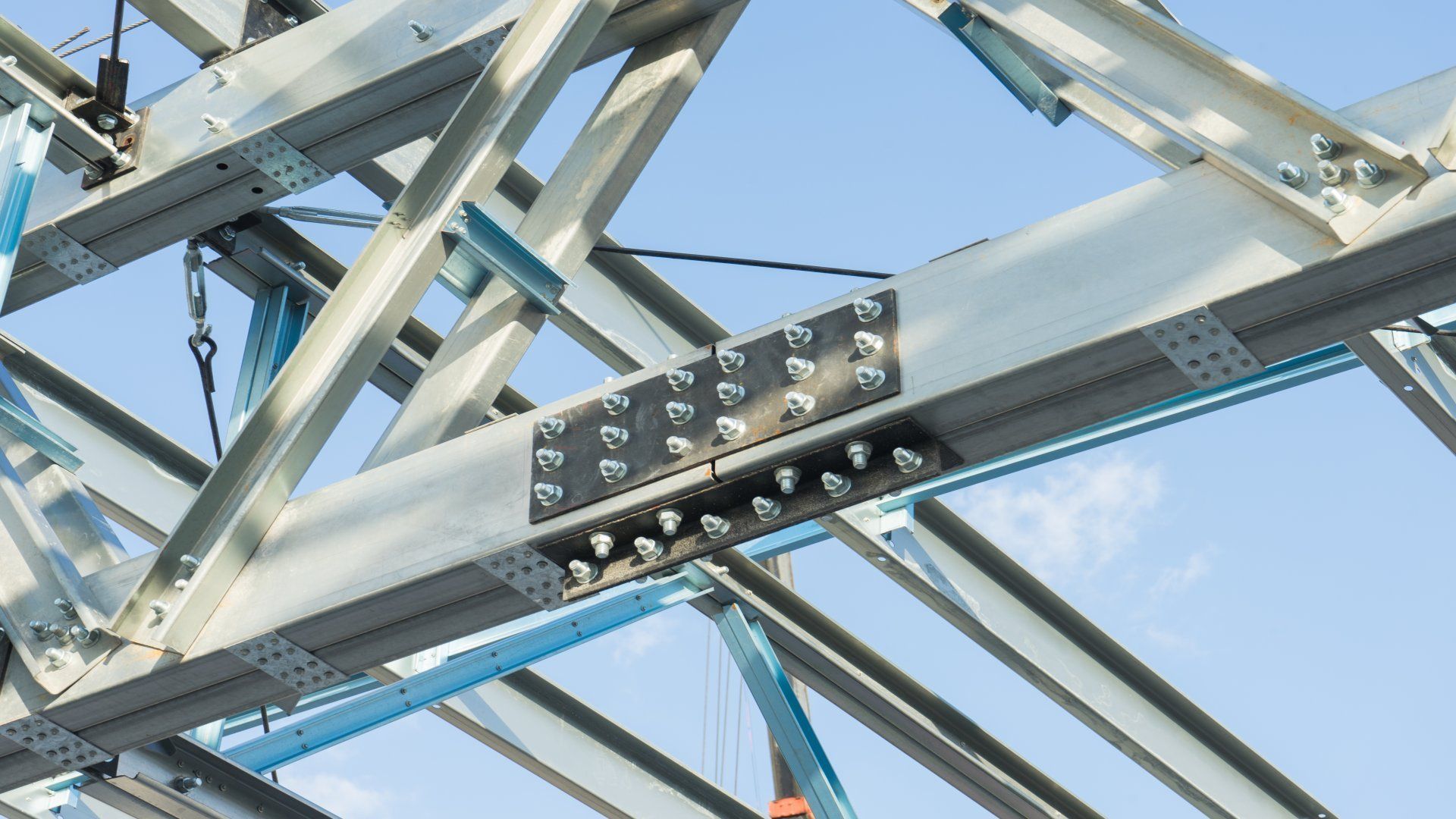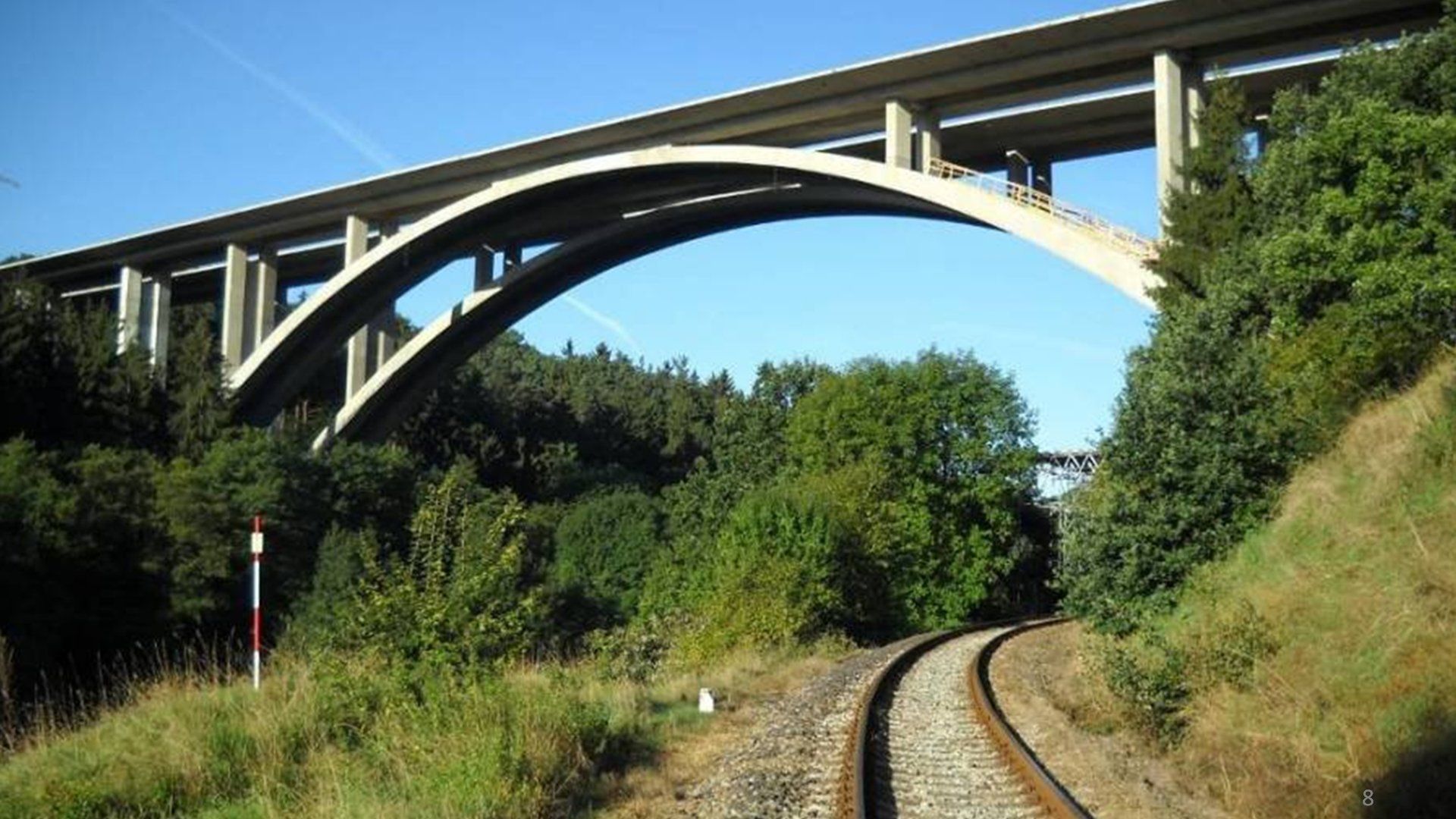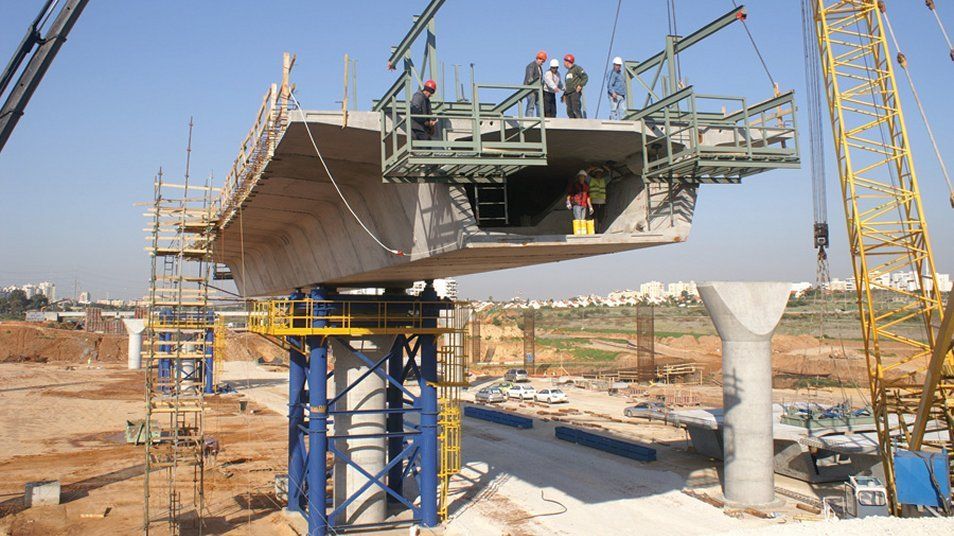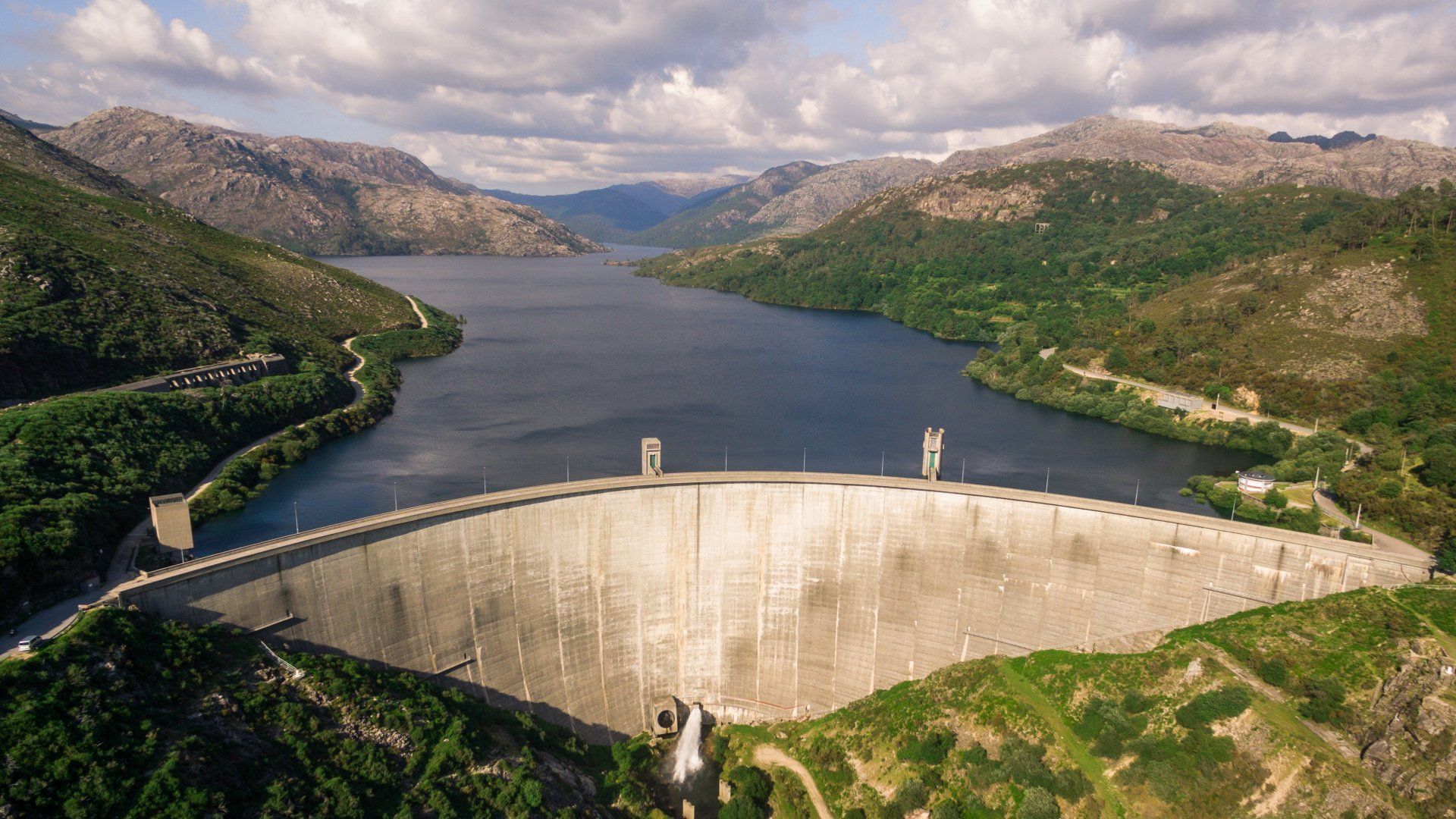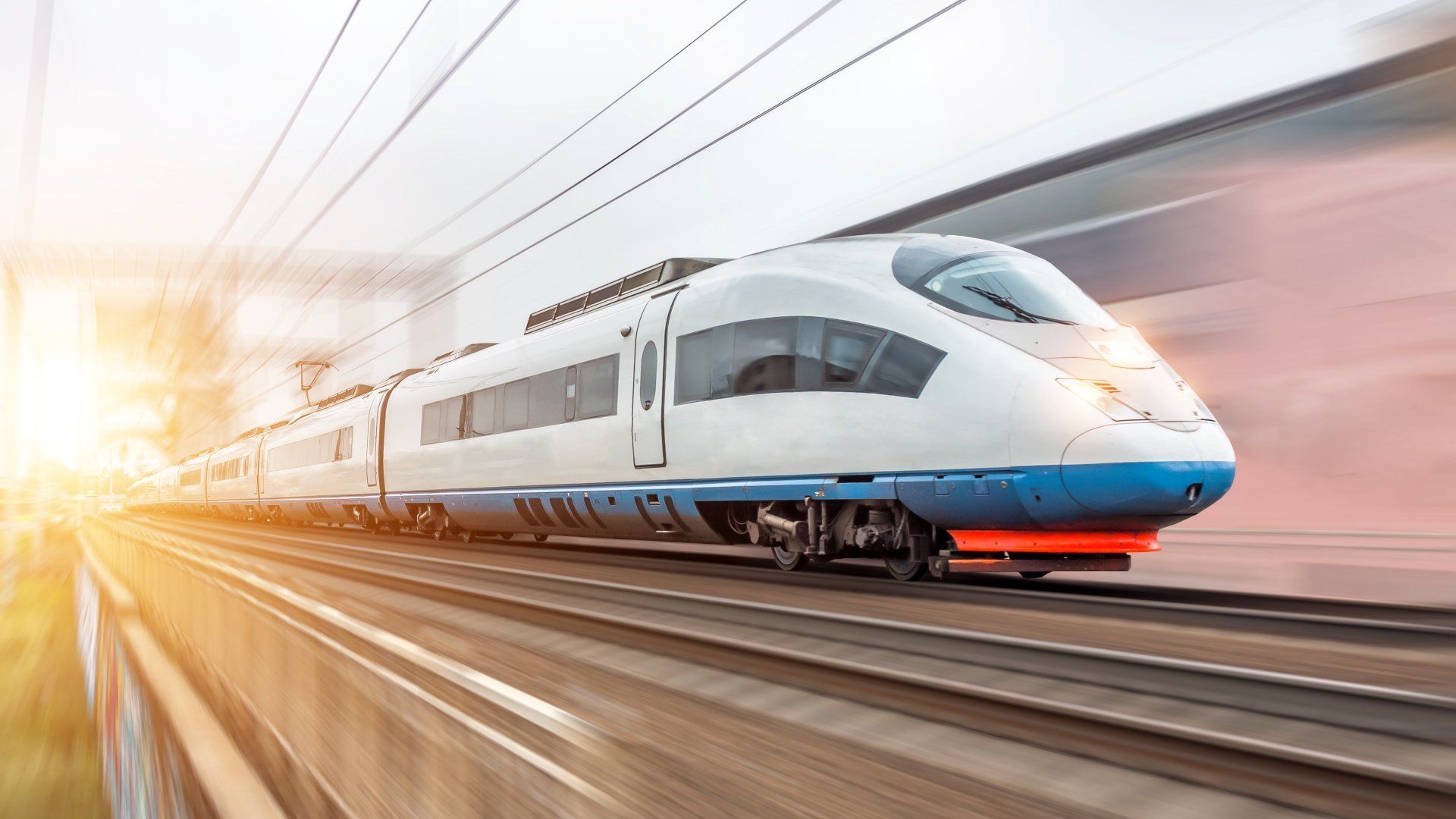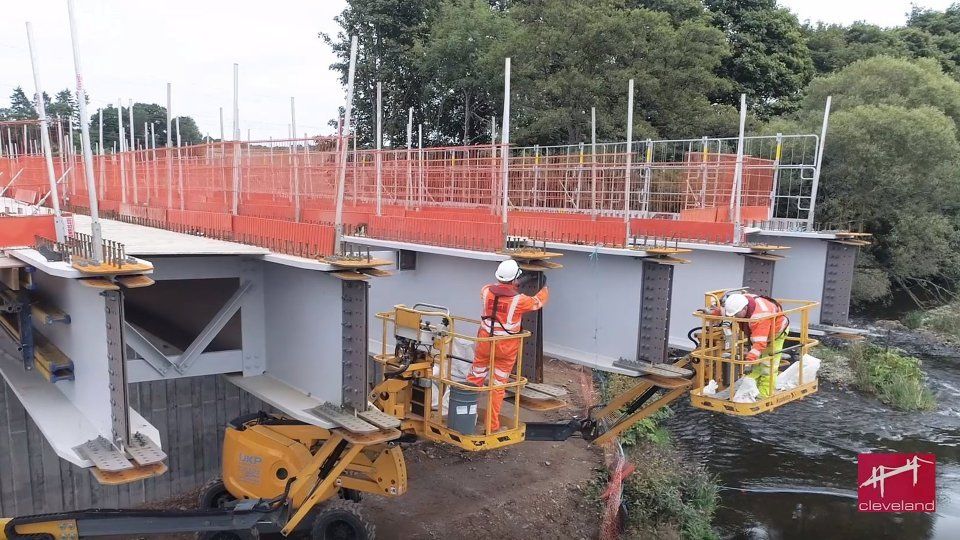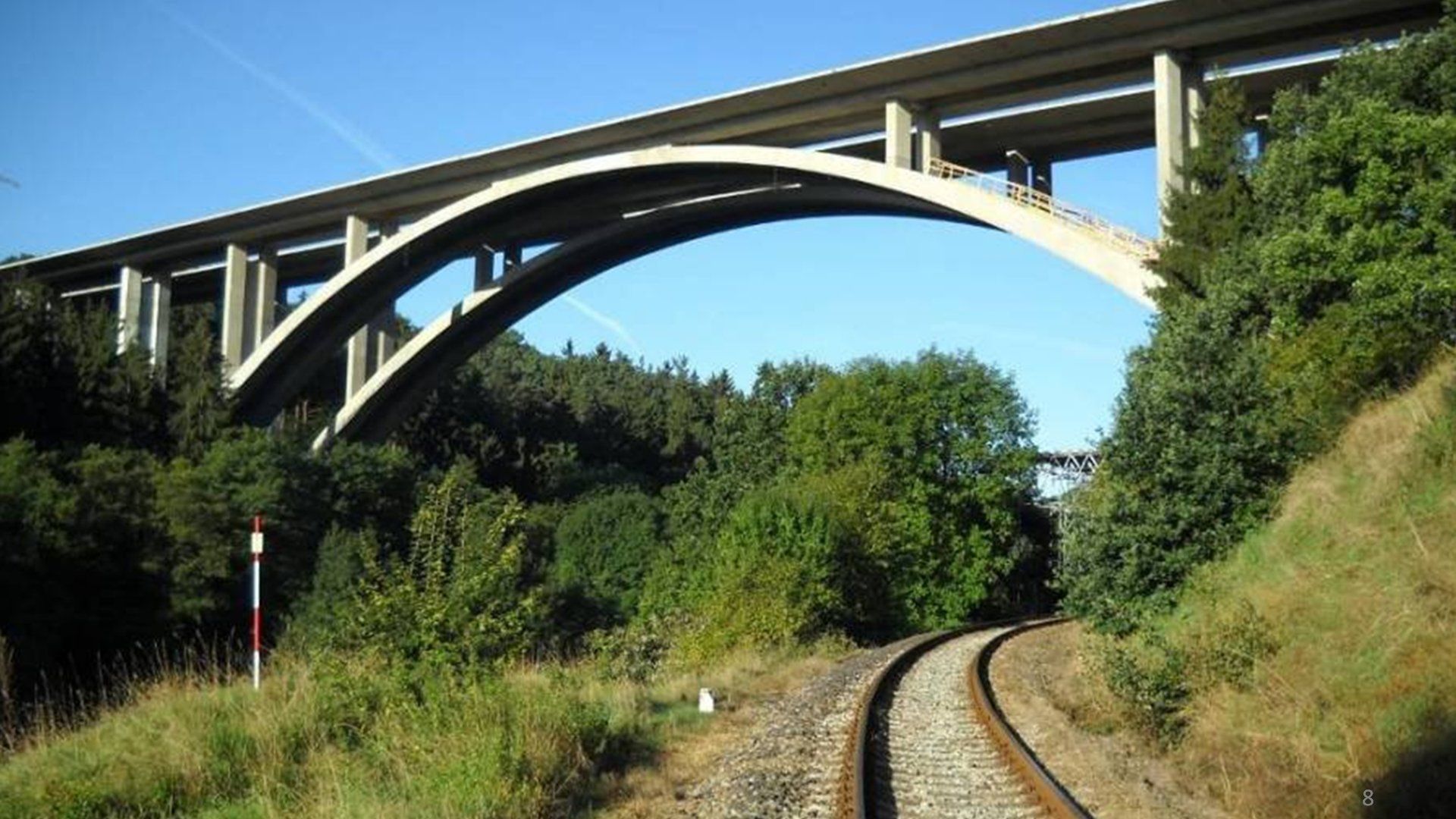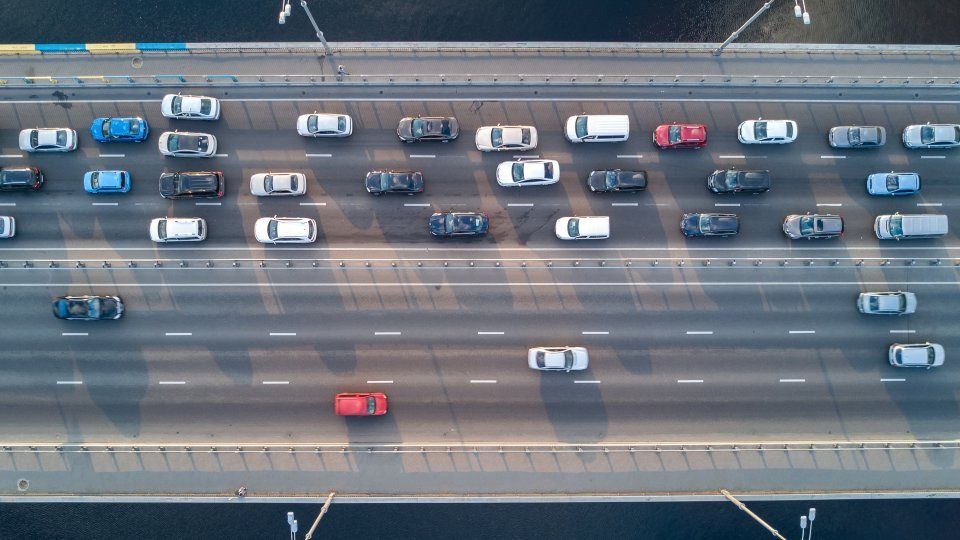Underground
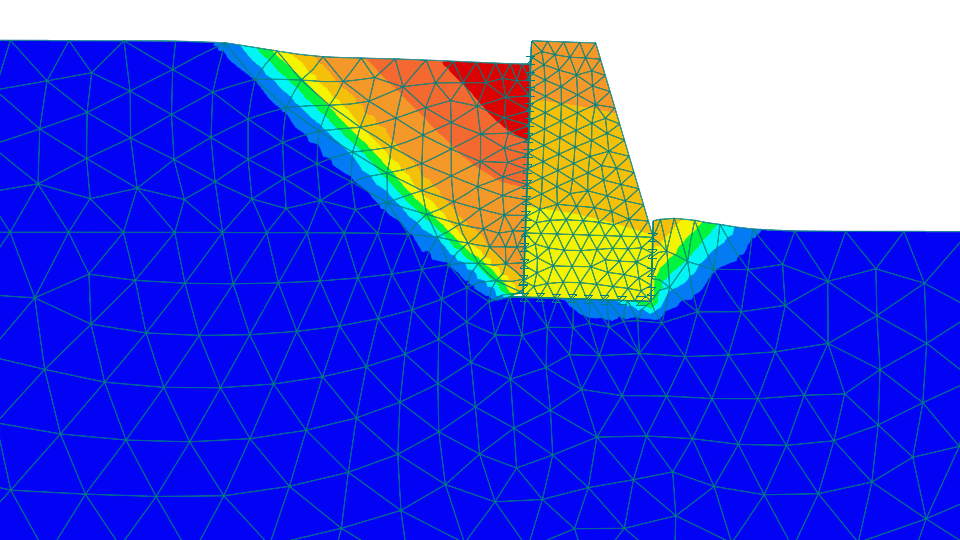
We’ve been helping our clients deliver ground structures for decades.
Version 23 further advances our unique and unified approach to include more soil, structure and automation capabilities, and lets you model soil and structure to any complexity in a single model and product for true-soil-structure interaction.
Automate
- Improve the speed of your workflow with automated parametric design with in Grasshopper and Python.
- Download the new free Grasshopper plugin to create parametric soil-structure models including 2D/3D continuums and timestage.
- View new parametric Python scripts for retaining structures and tunnels from our GitHub repository.
- Use examples directly or modify them more easily with the Visual Studio Code editor featuring Intellisense.
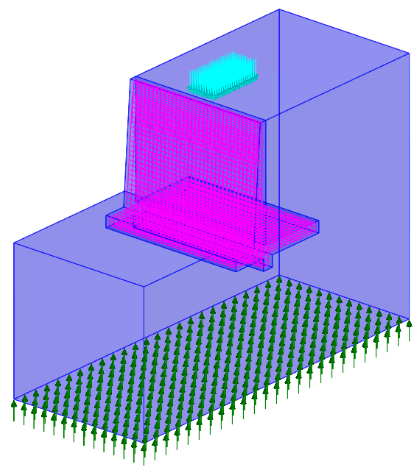
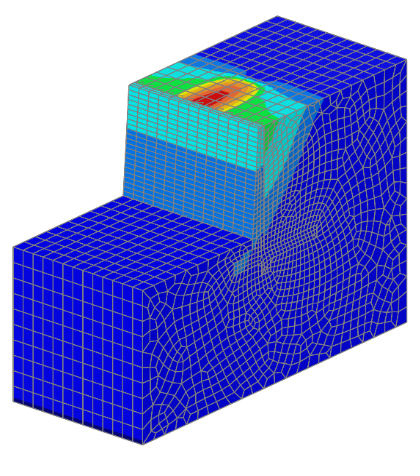
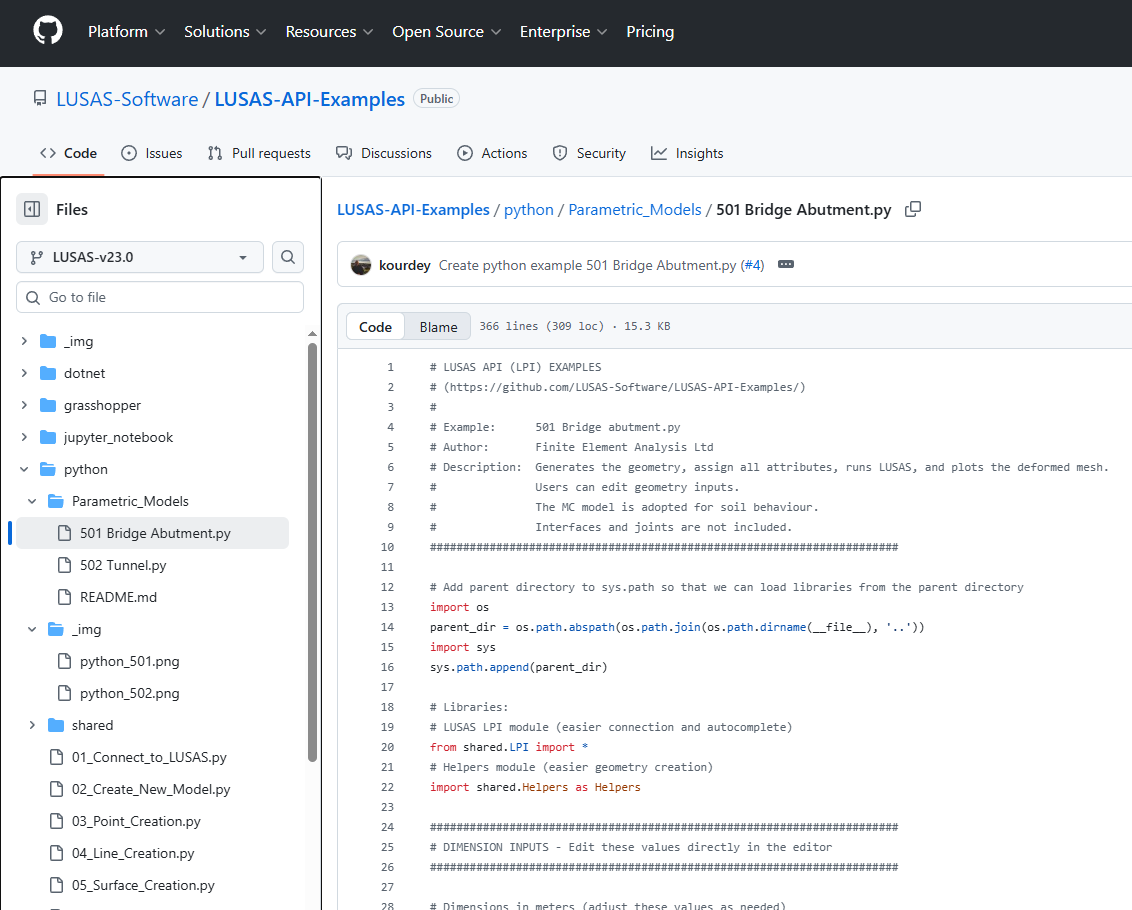
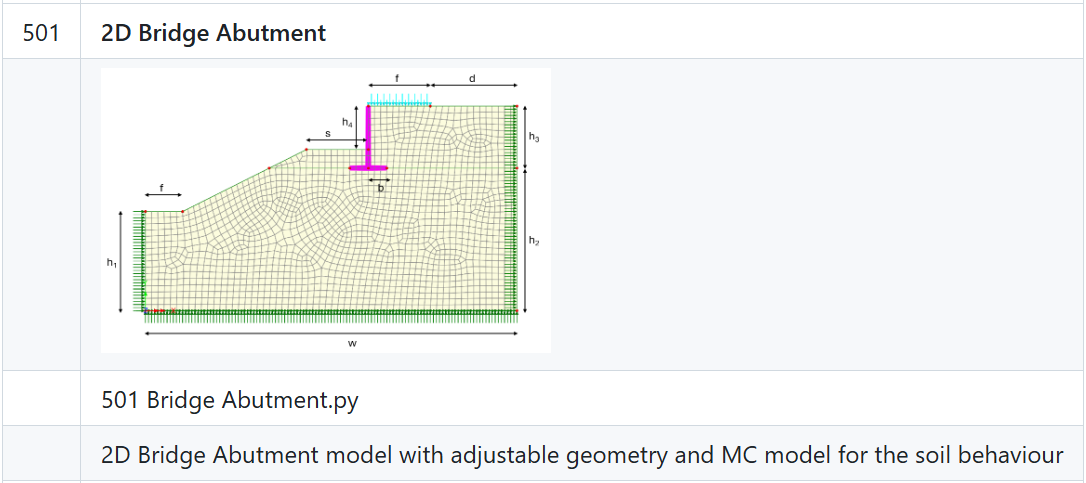
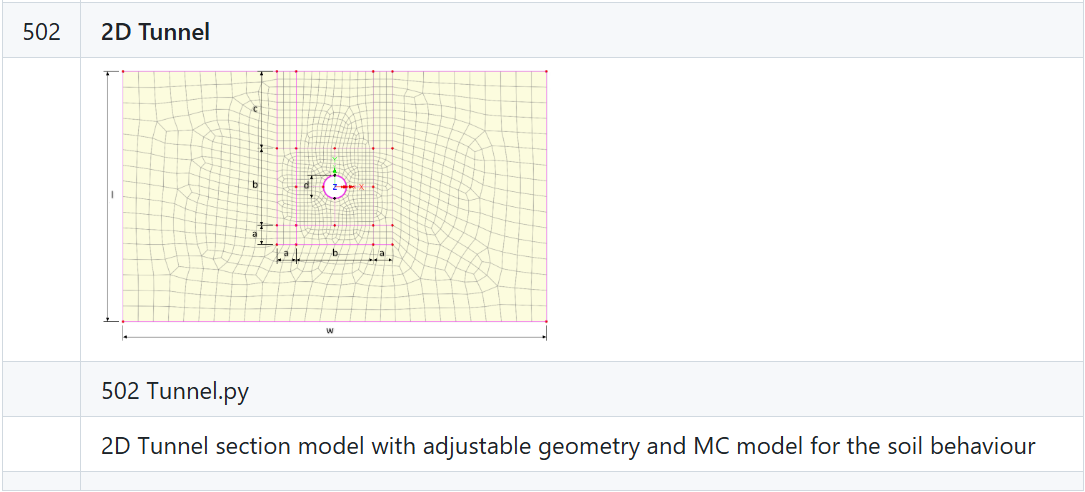
More soil materials
For soils, we’ve extended our geotechnical materials library to include a Hardening Soil model and a Barcelona Basic model.
- The
Hardening Soil Model (HS and HSS), enables engineers to accurately simulate complex geotechnical projects such as deep excavations and embankment construction across various soil types, including sands, clays, and silts. This model is significantly more realistic than the Mohr-Coulomb model for most geotechnical applications involving soil loading and deformation, and gives better prediction of displacement than Mohr-Coulomb especially when shearing and unloading/reloading are involved.

The Barcelona Basic Model is an elastoplastic constitutive model specifically developed for unsaturated soils.
- The model simulates settlement and bearing capacity of foundations on unsaturated soils, and predicts deformation, stability, and collapse behaviour in compacted clay cores or fills subjected to seasonal wetting/drying cycles.
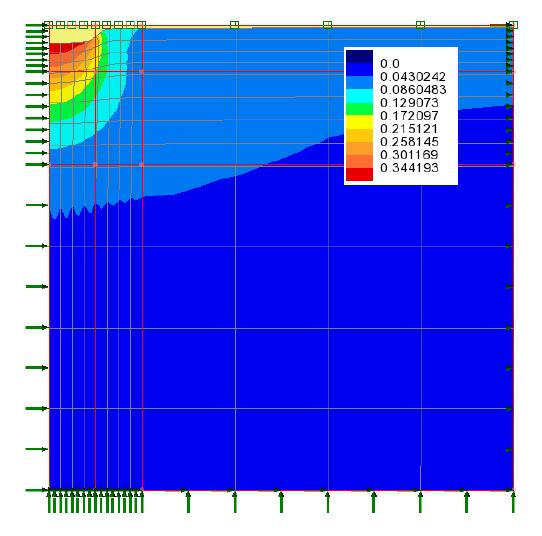
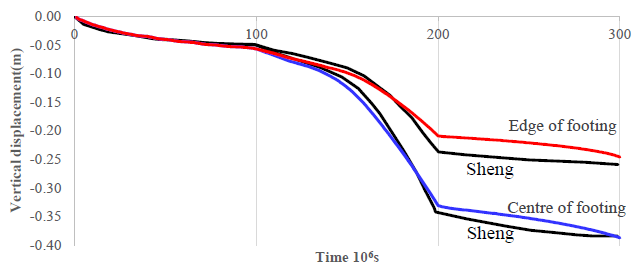

More concrete modelling
For structures, we’ve added
Fibre reinforced concrete to help ground engineers with spray tunnel linings, ground slabs and other fibre concrete components.
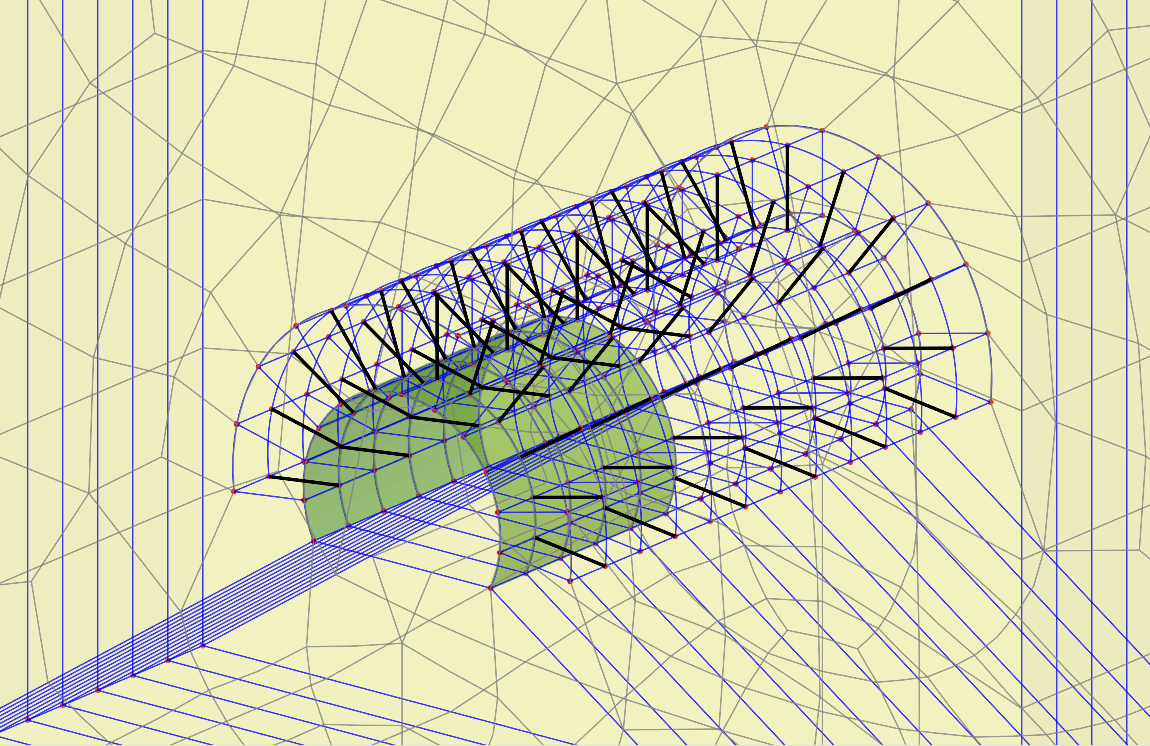
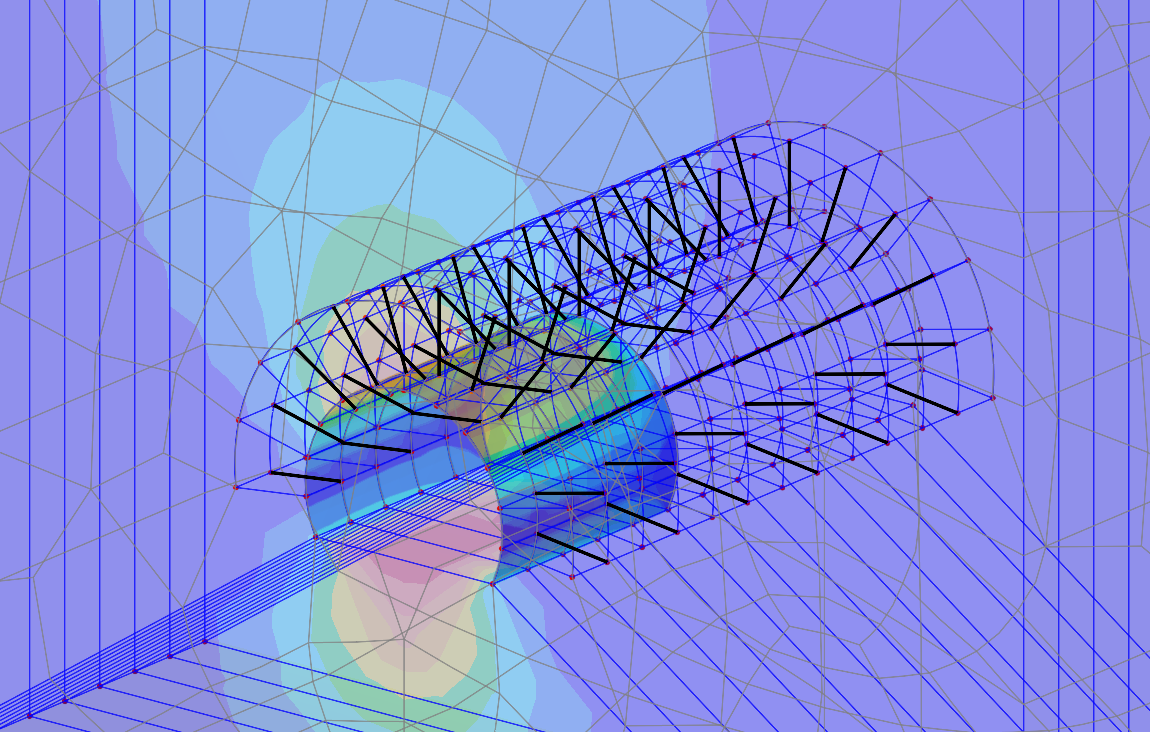
Large model capability
Version 23 is fully 64-bit. That means in both the modelling interface and the numerical solution, you can work on bigger problems.
Trust us in ground engineering
- We've benchmarked our developments against academic and industry examples, and other relevant software products.
- We've been used on geotechnical projects worldwide.
